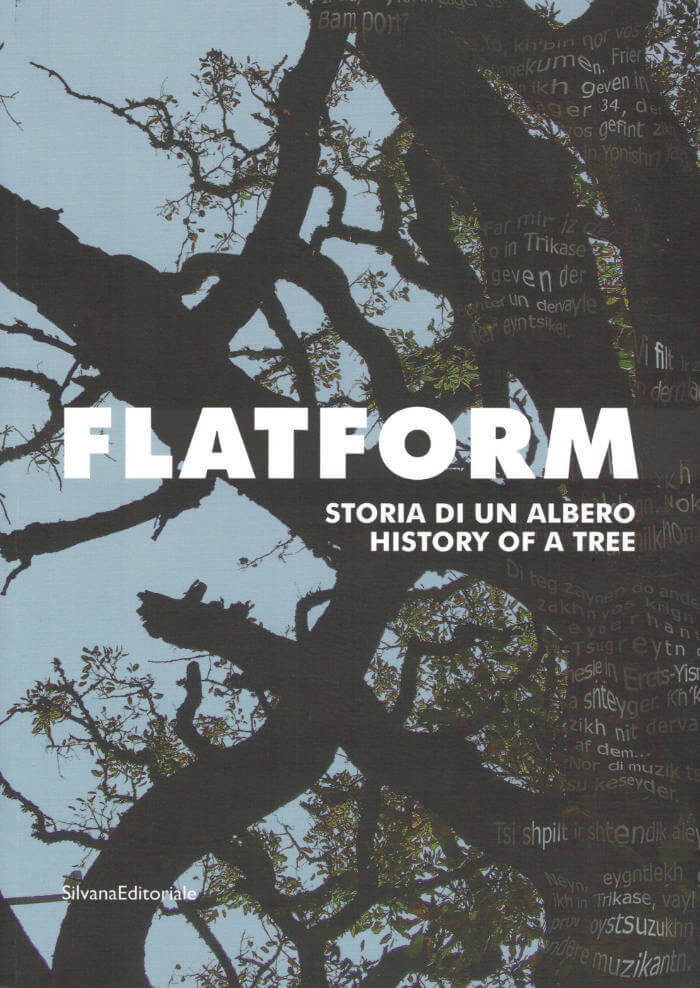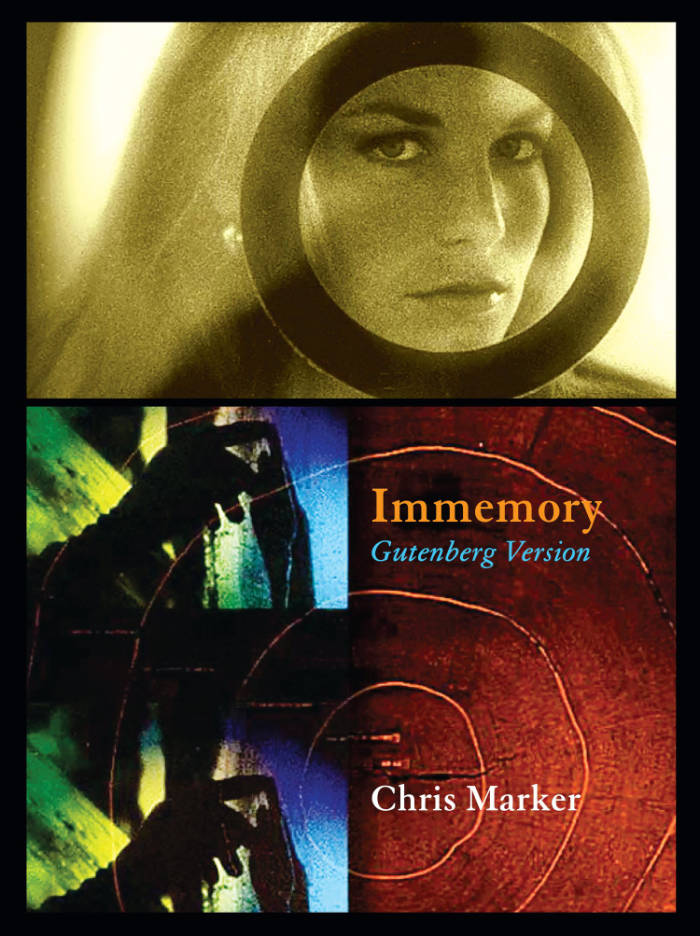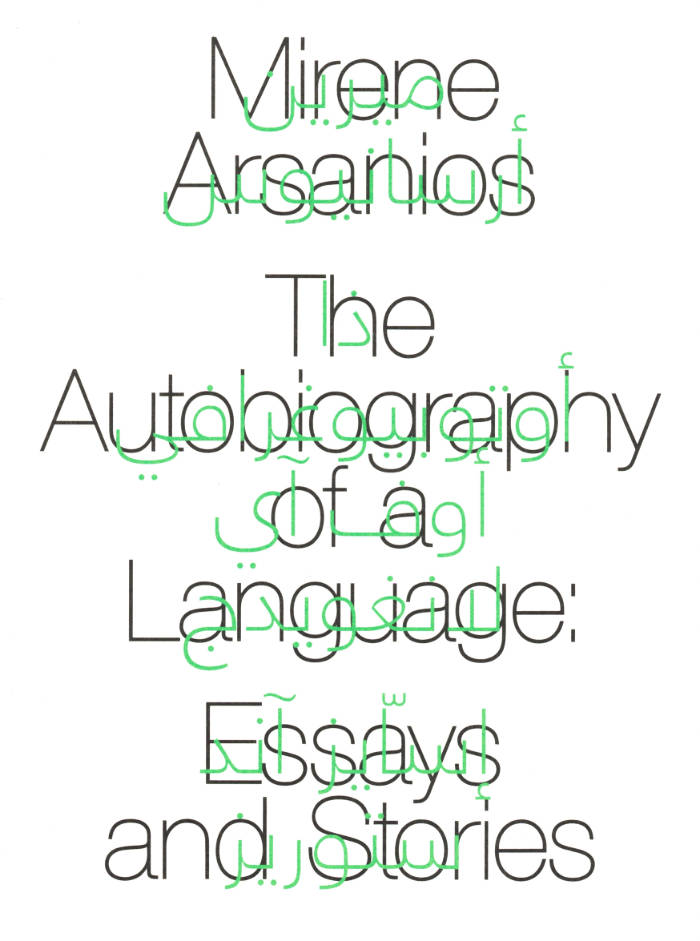
La fiction réparatrice
Mettant au travail un concept esquissé par la théoricienne Eve Kosofsky Sedgwick (qui opère la distinction entre lecture paranoïaque et lecture réparatrice, cette dernière refusant de séparer le blanc des faits du jaune de l’imagination), ce livre se soutient d’une conviction : lorsqu’elle entend partir de la non-effectivité sexe-genre pour libérer, non seulement notre manière d’envisager les identités sexuelles, mais bien la façon de penser le monde, la théorie queer communique avec de multiples avancées parallèles qui, dans les sciences sociales et la philosophie contemporaines, entendent de même se frayer un chemin à travers les clivages et les dualismes entre nature et culture, corps et esprit, monde imaginaire et monde réel, individu et communauté.
Language: French




